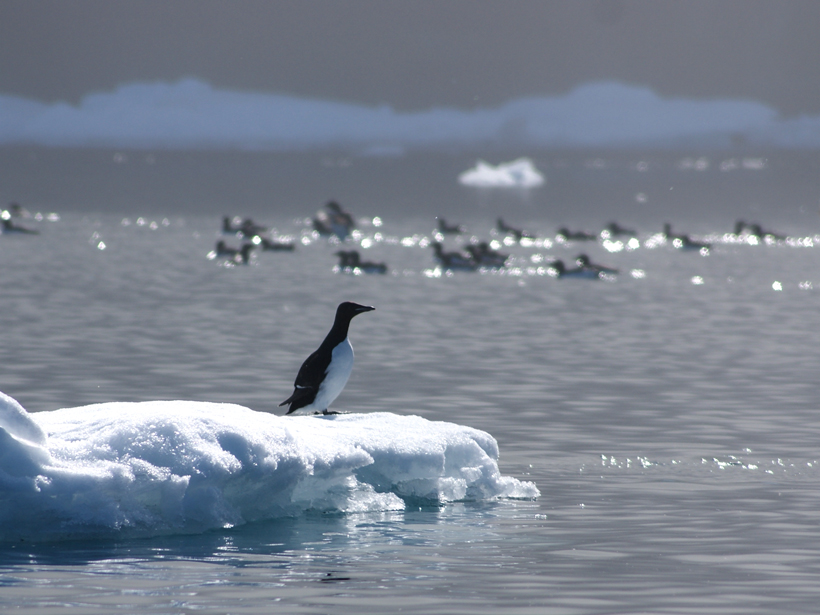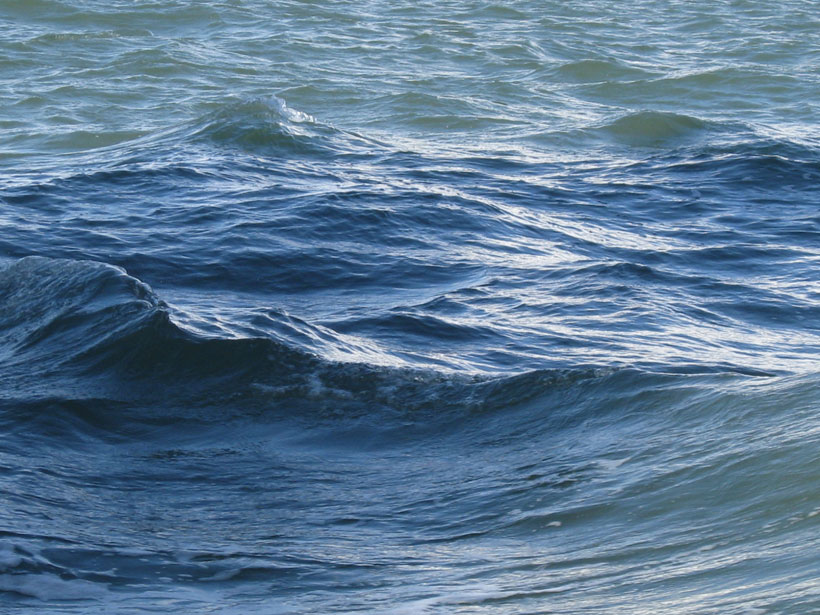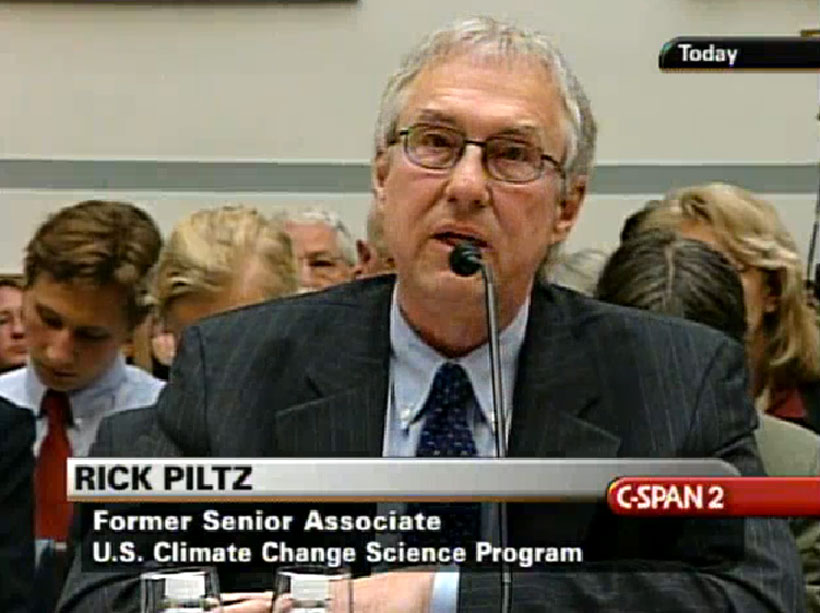The proposed U.S. agenda during its chairmanship of the Arctic Council focuses on ocean safety, improving economic and living conditions, and climate change.
Climate Change
Water Levels Surge on Great Lakes
The recent 2-year surge represents one of the most rapid rates of water level change on the Great Lakes in recorded history and marks the end of an unprecedented period of low water levels.
Sea Level Rise Added $2 Billion to Sandy's Toll in New York City
The storm surge affected 11.4% more people and 11.6% more housing units than it would have without sea level rise.
Kerry Blasts Climate Skeptics and Urges Action
In a tough speech on climate change, U.S. Secretary of State John Kerry calls out climate skeptics and calls for more efforts to curb emissions.
A Suite of Software Analyzes Data on the Sphere
The software improves data analysis over small portions of a spherical planetary surface. Among other applications, it has helped track Greenland's ice loss over time.
Fortifying International Collaborations on African Air Quality
First West African Workshop on Air Quality, Measurements, and Modeling; Abuja, Nigeria, 9–12 June 2014
Climate Science Day on Capitol Hill Connects Scientists and Policy Makers
Climate scientists gathered in Washington, D. C., to meet with congressional staff and to emphasize the importance of climate science and its role in protecting jobs, infrastructure, and public safety.
Survey Shows Where Arctic Marine Bird Populations Thrive
"Hot spots" of species richness currently include the Bering Sea, Lancaster Sound, Baffin Bay, and Davis Strait. Will this change as sea ice melts?
Fluctuations in Atlantic Meridional Overturning Circulation
Variations in large-scale convection in the Atlantic Ocean are likely driven by wind.
Protecting the Science of Climate Change
A scientist recalls the politically motivated editing of climate change science in government reports, offering insight into why the reality of climate change was hard for officials to accept.










